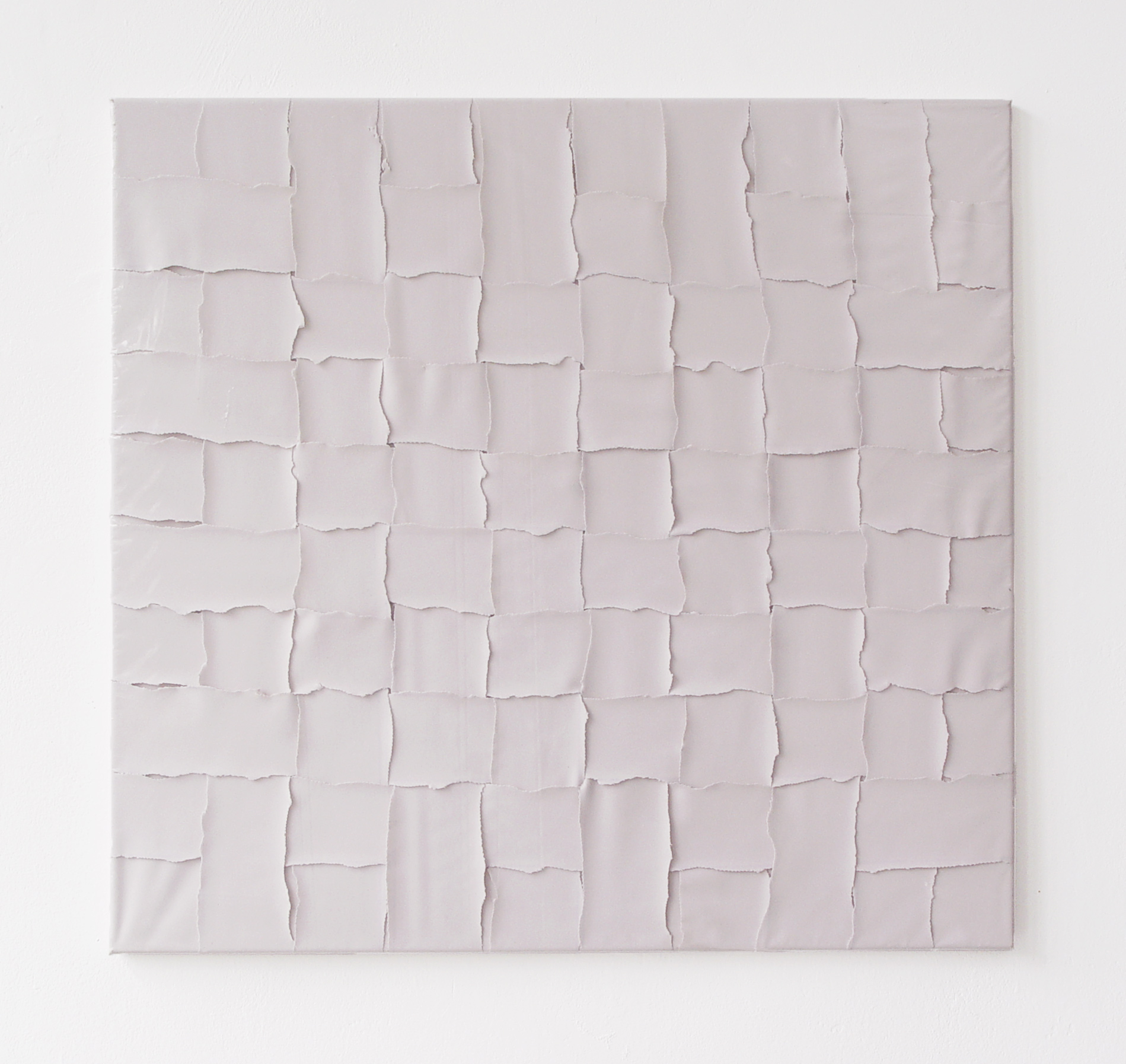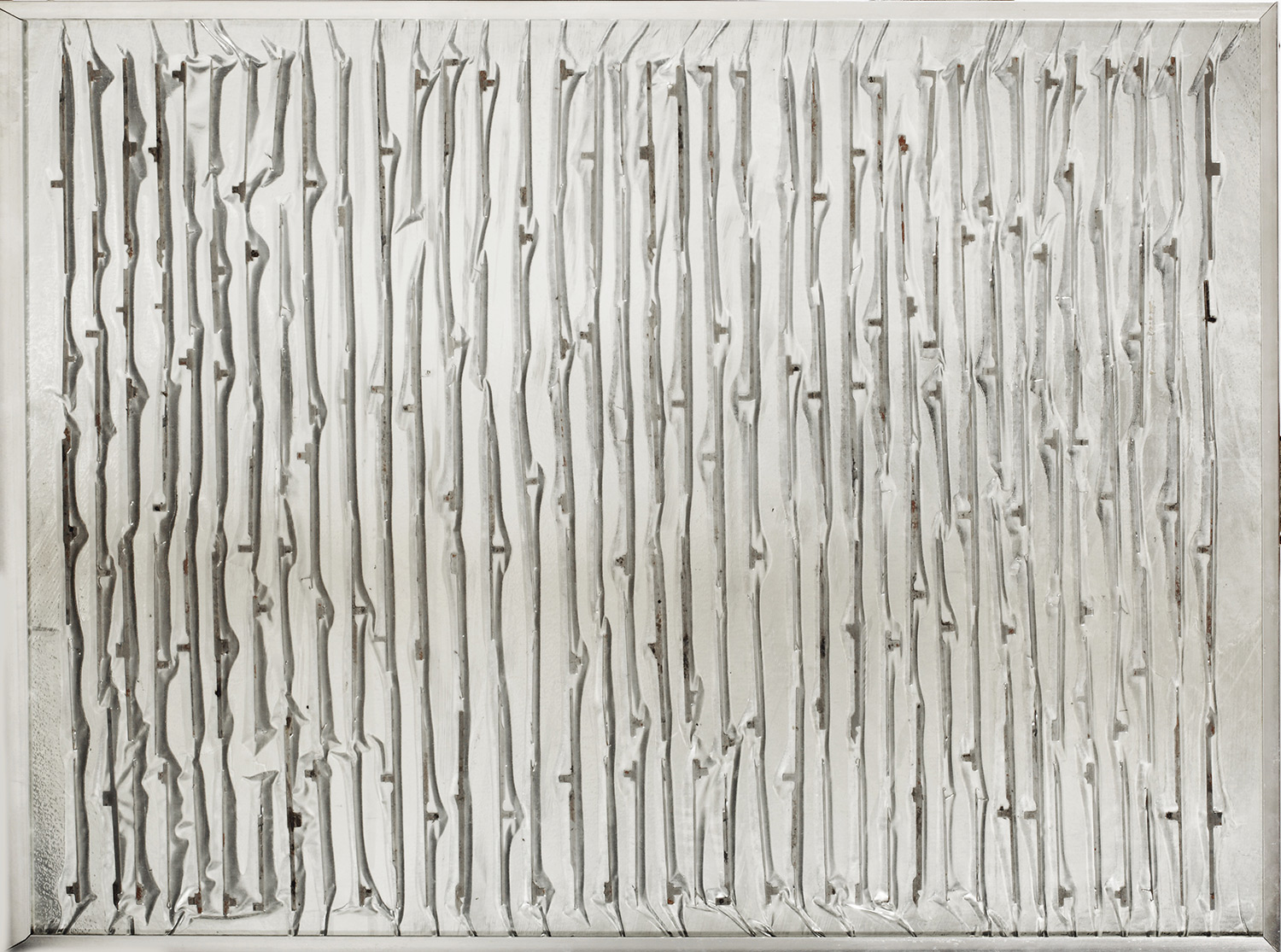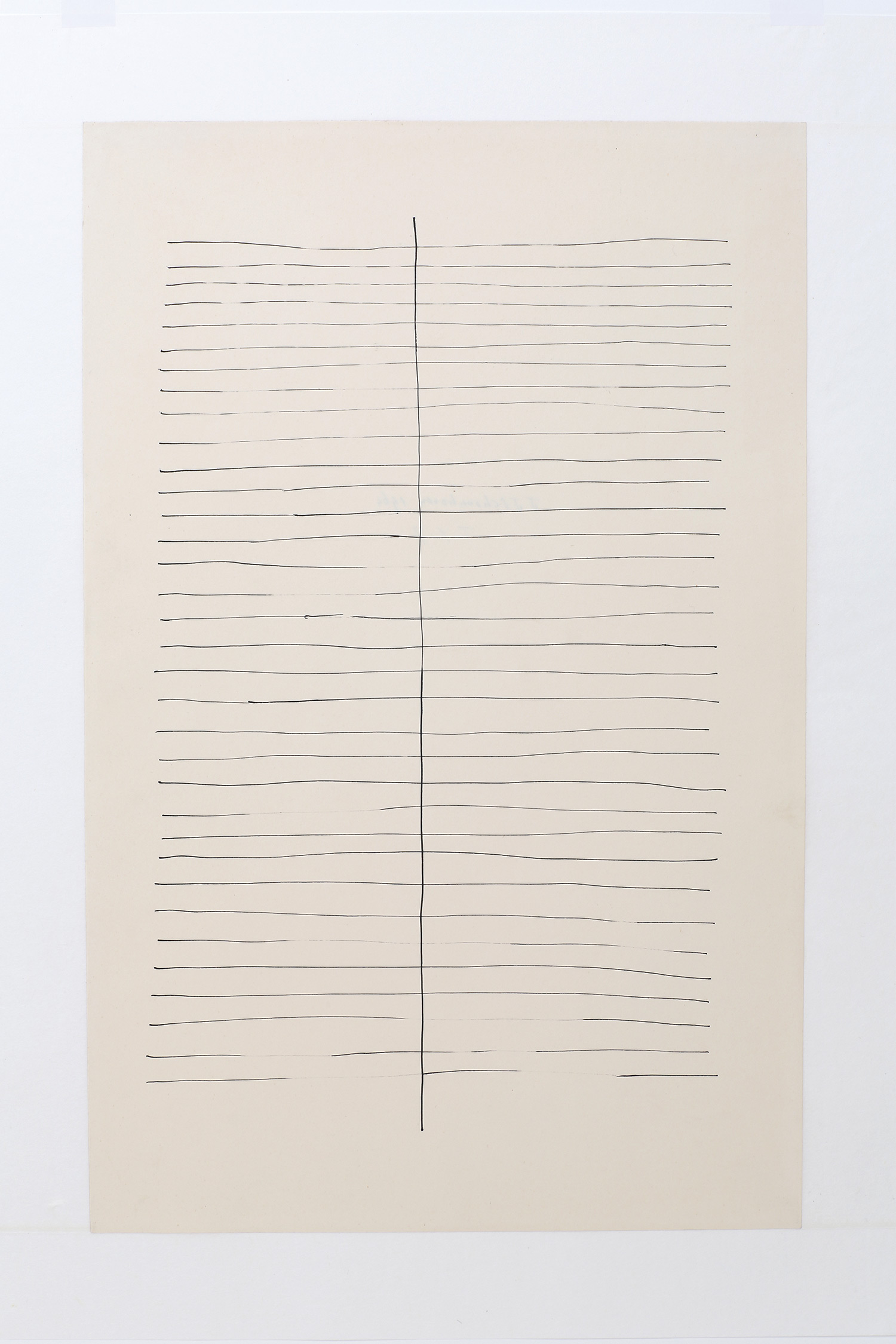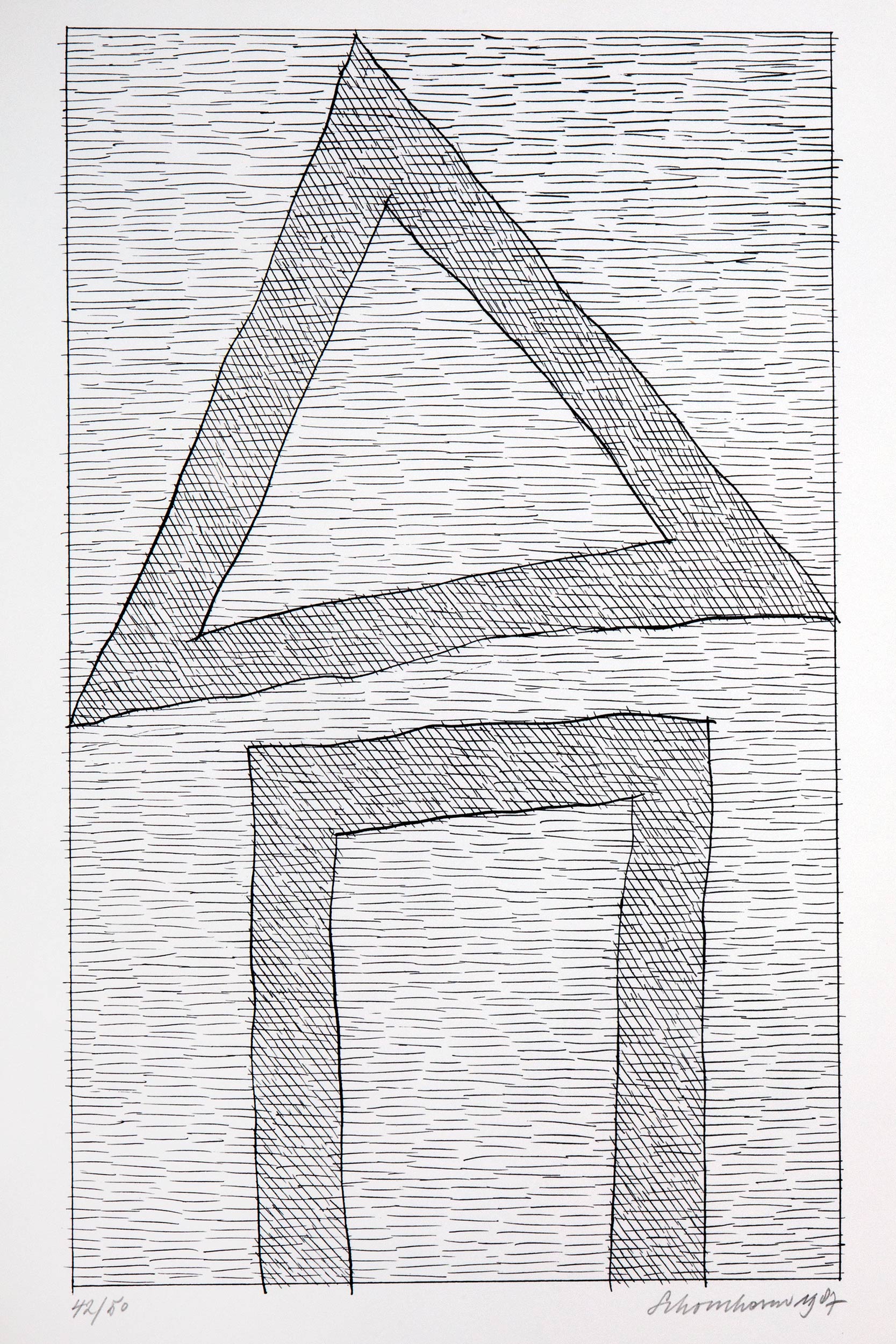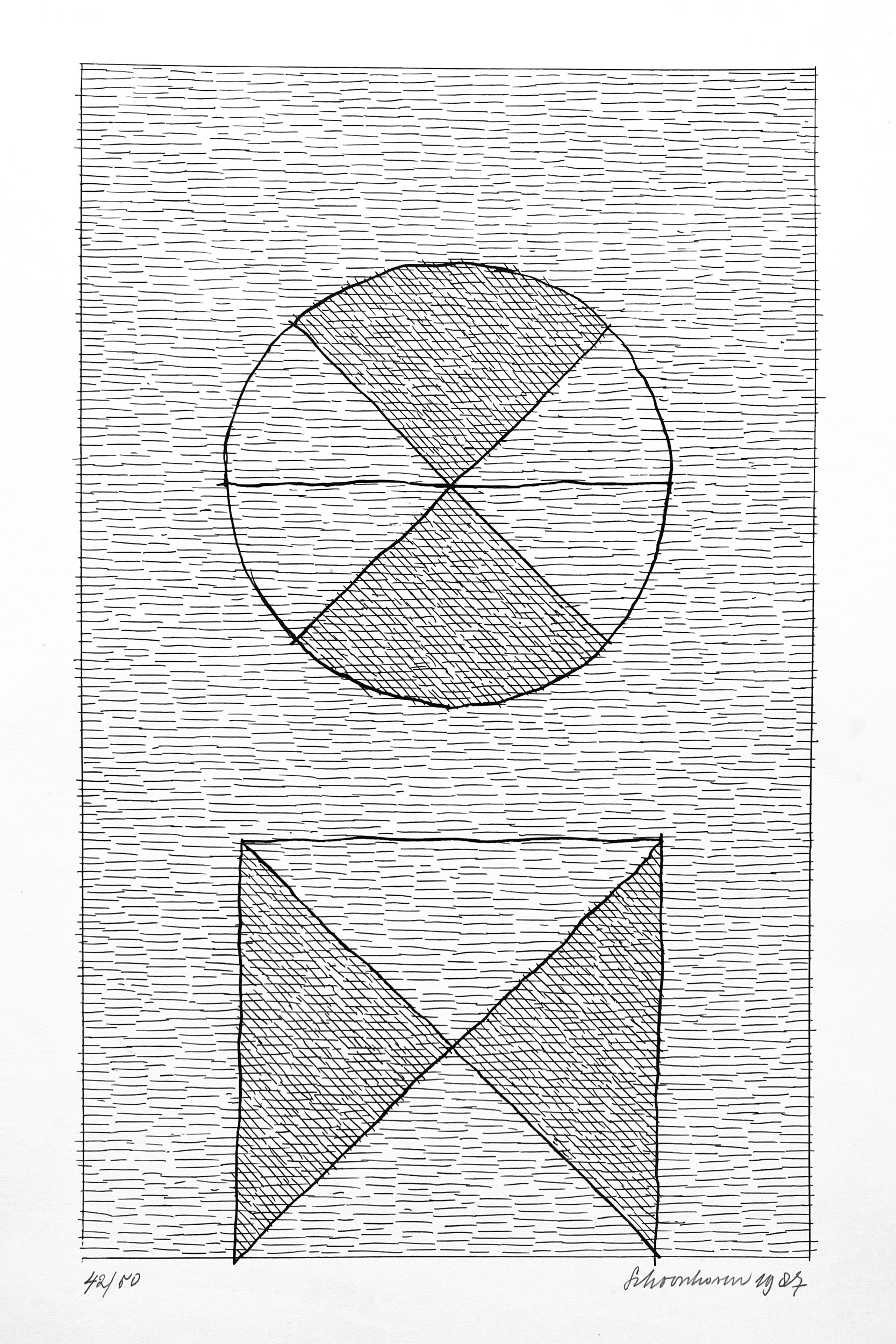HENK PEETERS & JAN SCHOONHOVEN
In the Footsteps of Henk Peeters
13 Sep – 6 Apr 2025
Grounding this exhibition is the anniversary reprint of the catalogue published by TMH for the Jan Schoonhoven / Henk Peeters exhibition in its first season (2013/14). Now, we return to a selection of works from this highlight of our program, including an extraordinary group of Schoonhoven’s drawings that Peeters collected under the title “21 of the Most Beautiful Drawings” and several masterworks from Peeters’s hand.
OPENING
With Amsterdam Art Week:
Fri 13 Sep, 17:00-21:00
Download Press Release
As Marsha Plotnitsky, Founding Artistic Director of TMH, writes in the catalogue that opens our new series of publications Consequences I-V:
JAN SCHOONHOVEN (1914-1994) and HENK PEETERS (1925-2013) were the founding members of the NUL group—a 1960s collective of Dutch artists that played a key role in the international ZERO movement.
Marsha Plotnitsky, Consequences I
It became clear in hindsight that the project, the exhibition and catalogue [on Schoonhoven and Peeters], played a crucial role in identifying the patterns of the TMH program—of intended and unexpected consequences.
TMH opened in October 2013, situating itself in a 17th-century canal house in Amsterdam. The setting combines a minimalist gallery space, with large windows opening to the street, and a Baroque period room (stijlkamer) in the back still marked by its pièce de résistance—a remarkable ceiling painting of the goddess Flora and her putti.
The TMH show counterposed Peeters’s works to Schoonhoven’s drawings, and the combination—both in light of Peeters’s ironic and sensual, rather than minimal, approach to NUL and the context defined by TMH’s architecture—created an agglomeration in which minimalism seemed contested by baroque-like irreverence and humor.
(TMH: Amsterdam, 2014)
CONSEQUENCES I & II
HENK PEETERS
JAN SCHOONHOVEN
SCHOONHOVEN—VORM
DADAMAINO
BIOGRAPHIES
Jan Schoonhoven (1914-1994) was born in Delft and studied at the Academy in The Hague. From 1945 until his retirement in 1979, he was employed as a civil servant at the postal, telephone and telegraph services in The Hague. Schoonhoven lived most of his life in Delft, where until the death of his wife Anita in 1978, he participated in the rich social life around her passion—jazz. From his first solo show of 1957, Schoonhoven’s works—both his serial reliefs in white papier-mâché, wood, or cardboard and minimalistic drawings—have acquired an iconic status as representative of ZERO art. Schoonhoven was awarded Second Prize at the 1967 São Paulo Biennial and has been featured in Documenta and many major museums worldwide. Schoonhoven shared the aspirations of ZERO but saw his works as autonomous and free from outside influence.
Henk Peeters (1924-2013) was born in The Hague and studied at The Hague Academy. From 1957 until 1972 he taught at the Art Academy in Arnhem. Peeters lived in Hall, eastern Netherlands, with his wife Truus. He exhibited widely from 1958 onwards in museums and galleries, both in the Netherlands and internationally. Peeters is best known for in his monochrome assemblages with gauze, feathers, and cotton balls. He was a passionate Dutch ZERO-ist and popularizer of its ideas through theoretical exchange, curating (including the 1962 ZERO/Nul exhibition at the Stedelijk Museum, Amsterdam), and collecting. In the Sotheby’s catalogue of his collection, Peeters is quoted as saying that he didn’t want to occupy himself with forms and colors and sought something realistic and immaterial.




















